Metal has memory. Any fabricator will tell you this. From the moment the cold rolled steel is stamped into a predetermined shape, be it a fender or roof or quarter panel, that panel or piece wants to retain that form. So when a door ding, dent or crease interrupts that shape, the metal is in stress. It is up to the autobody repairman to push, pull and press that stress out of the area of impact and let the metal return back to its previous shape.
Of course, heavy collisions will stress metal further, at times stretching and even tearing the steel. And although much of the shape can be reclaimed through heat and heavy re-contouring, the integrity will not return. Stretching metal weakens it, and by such causes much of the “memory” to be lost. Heat and hammering only gives the gifted bodyman a blank canvas to work with, to manually sculpt a panel into a desired shape.
Unfortunately, many think that “real” bodywork is almost exclusively the latter, and dismiss the abilities of a talented paintless dent removal (PDR) repairmen – particularly when considering work on their classic muscle car. This dismissal is due in part to so many late night hucksters claiming a bit of dry ice, a few suction cups and super glue will turn your beater project into a MCACN award winner. Obviously, such solutions are often too good to be true. Others are just bodyshops wanting to charge you $1,200 for the same work a PDR repairman will charge $300.
Above: Using an acetylene torch, CarMedic’s Tabor Thayn slightly warms the dent surface prior to applying pressure from behind.
Above left: Using a knockdown hammer and Delrin tapper, Thayn measures his blows to slowly level any high spots in the surface. Above right: A reflecting panel provides enough light to properly see the dent in the fender.
The reality is that all dents stretch steel in some way or fashion, if only by a little. With the metal’s memory interrupted, the dent must be reshaped with dozens to hundreds of well-placed bends. Myths of direct sunlight, using a heat gun or applying dry ice to automatically repair dents – although based on sound science that heat or cold will directly effect the metal’s stress – is either pure fiction or requires the dent to be so shallow and the panel so thin that the outside stimuli is enough.
At the same time, many classic car owners vow that today’s cars are made so extremely thin (compared to cars of prior eras), and thereby PDR cannot work on their vintage Detroit steel. This is equally false. While many new cars use slightly thinner gauge steel – most commonly 20 gauge (3/80-inch) versus 18 gauge (1/20-inch) used prior to the 1980s for most domestic vehicles – the 1/80th of an inch doesn’t account for much difference in rigidity.
In fact, due to the differences in molecular structures between steel and aluminum, steel tends to be much more flexible while aluminum more rigid. And while many new cars use aluminum for hoods, roofs and in the case of Ford trucks, their entire skin, many experienced PDR repairmen find the slightly thicker steel of a classic muscle car is more receptive.
Above left: Thayn uses a double-bent rod to lever the depression outward, one small bend at a time. Above right: Thayn’s experience allows him to “eyeball” his progress.
Above: It is not uncommon for CarMedic’s technicians to work at private residences as well as business addresses.
Directly Connected meet with CarMedic’s Tabor Thayn who stated, “The skin on older cars (and some new trucks) doesn’t stretch as much. There’s more resistance. That means I can make smaller bends and more of them,” Thayn explained. “Some of the new stuff can’t take as much pressure. It’ll stretch too easily.” Many will recognize the CarMedic name, as their trucks are seen nationwide; when it came to helping us with this story, they sent Thayn who after three years has become one of the company’s leading technicians.
Thayn looked over our Project Brazen ’69 Dodge Charger R/T confident that the long depression in our upper left fender and the 4-inch vertical crease in our right quarter panel would come out with a couple hours’ work. Although the paint job is only six years old, chips and sanding marks show it to be very thin. Cautious, Thayn assured that going slow and using soft, interchangeable tips on his tools would keep the paint from cracking or splitting. “I just need to be able to get behind the dent and slowly work the metal back in to shape.”
Much of the PDR process is focused on applying measured pressure to high and low spots in the dent, allowing the steel to naturally retake its shape. Using a set of long single- and double-bend rods, soft mallets and hammers, Delrin tapper (to absorb much of the hammer impact), knockdowns, and dollies, a PDR repairman can push, press and hammer depressions and elevations in the metal.
Top left: Because of body filler beneath the already thin paint, the vertical crease interrupting our right-hand quarter panel needed to be addressed almost exclusively from inside of the wheel liner. Top right: This required a small hole to be drilled in the liner, allowing Thayn to access the back of the dent with his tools. Bottom left & right: In many cases, particularly with newer models, PDR simply cannot access the dent. Thankfully, that is rarely the case with the large open access of a classic Mopar.
Above: In a matter of two hours, two dents that were major eyesores on our Project Charger completely vanished. If you don’t believe paintless dent removal doesn’t work on old cars, you need to look at these pictures more closely. It works!
Because of the cold November temperatures even in our garage, Thayn began by slightly heating the surface with an acetylene torch. Next, he made a succession of small bends using a long, double-bent rod and with a rubberized tip (a PDR rod). Trading between differing rods and a light knockdown hammer and Delrin tapper tool, Thayn worked the fender from both the outside and in, resulting in a nearly flawless fender, the damaged area indistinguishable from the rest.
True to his word, Thayn was able to remove both dents within a couple of hours without harming our Charger’s paint whatsoever. Apart from a flexible reflector to better shine light on the damaged area, no suction cups were used. No glue or slide hammers were ever mentioned either. And that is, according to Thayn, the case for the majority of his clients. Most dents can be repaired handily with just a few tools and a little over an hour.
Thanks to Thayn’s talents and experience, the two biggest eyesores on our Charger vanished in a matter of two hours. In fact, a skilled technician such as Thayn and the CarMedic team make it look easy, which it is not. Many do-it-yourself attempts result in more damage, be it cracked or flaked paint and/or burnt clear coat, or even rippled or severely distorted panels often requiring replacement, so leave it to a professional.



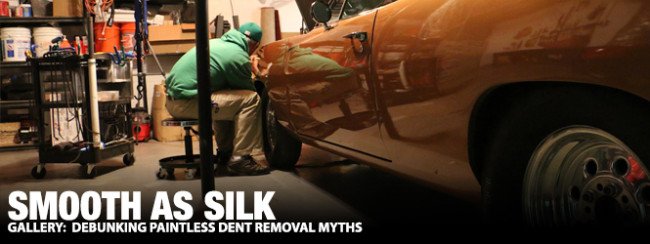

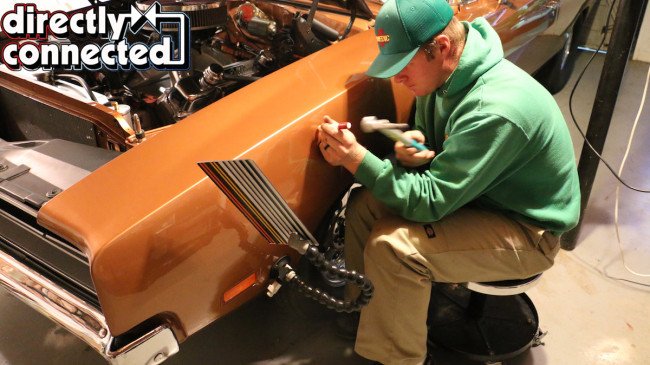

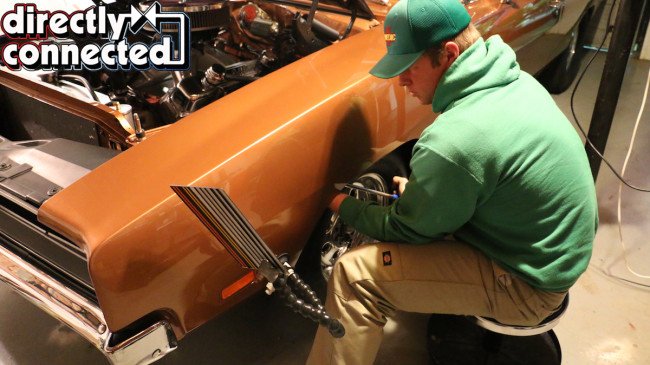









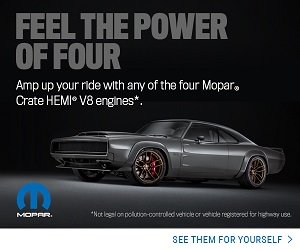
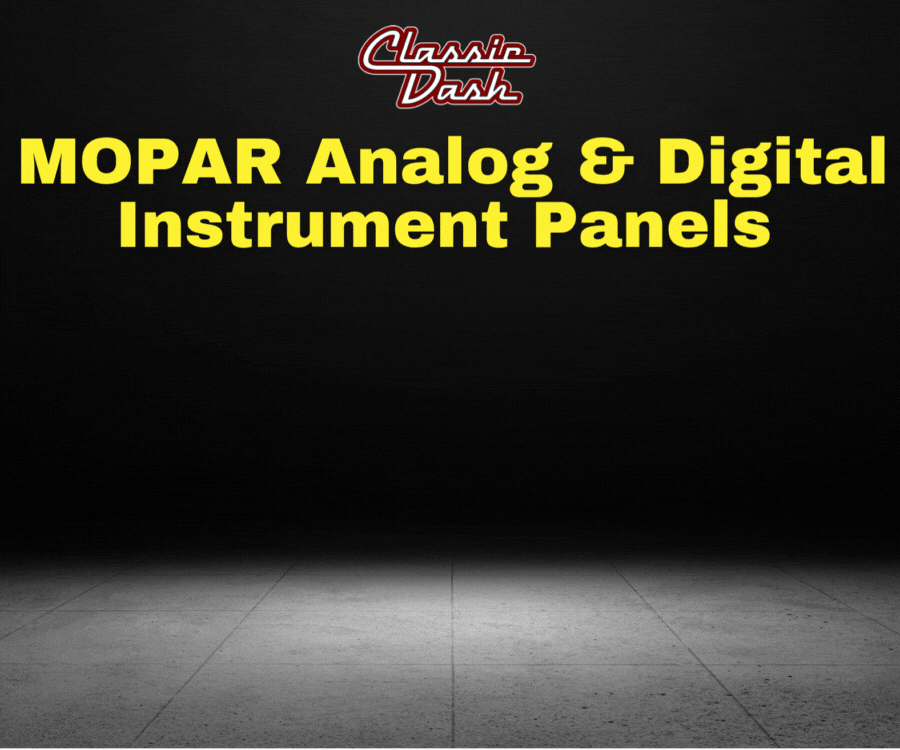


I have had PDR gone with great results.
Dave (pro-streeter)
Lol Wtf? An acetylene torch with a blue (propane) tank on it. hmmm.. Also Modern cars panels are 20 gauge vs 18 gauge of older cars haha, are we talking about frame rails or fenders? My god…